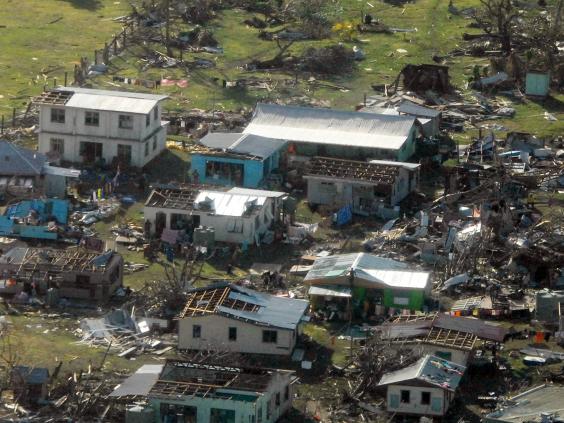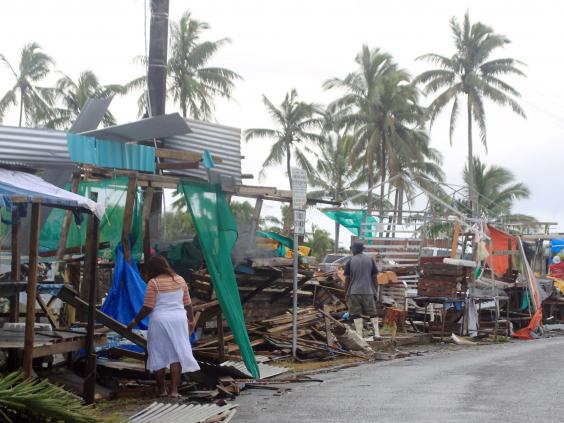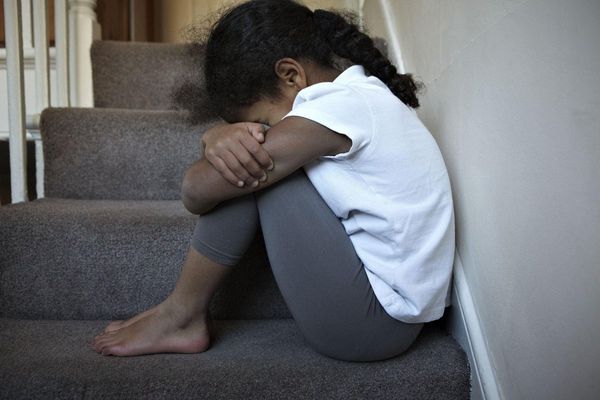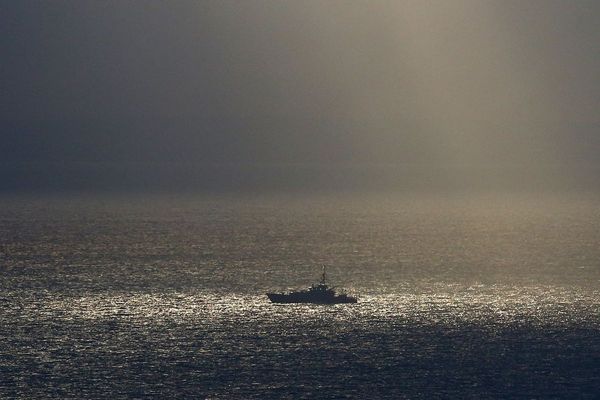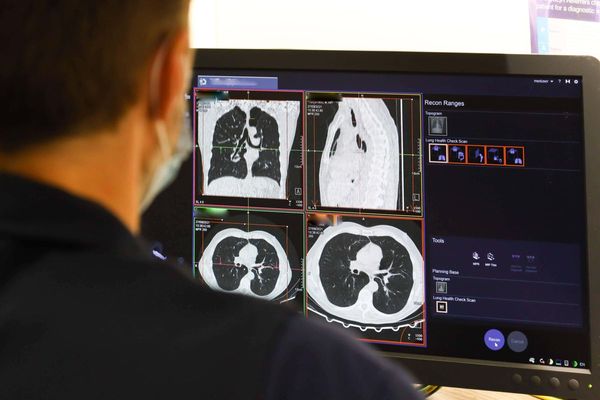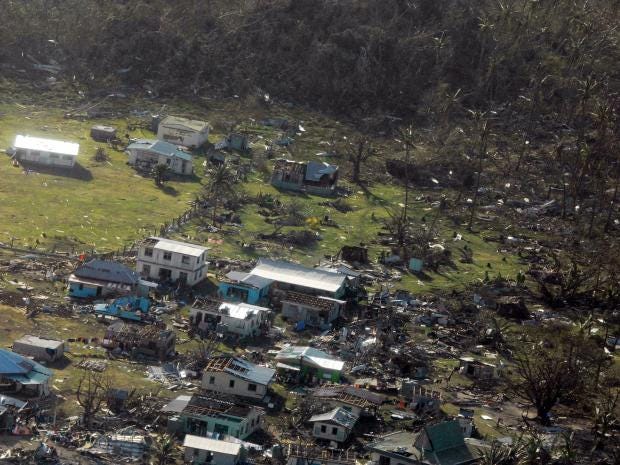
Fiji has begun a massive cleanup after one of the most powerful storms recorded in the southern hemisphere tore through the Pacific island nation, killing 17 people, flattening remote villages and cutting off communications.
Aid agencies warned of a widespread health crisis, particularly in low-lying areas where thousands of Fiji's 900,000 people live in tin shacks, after crops were wiped out and fresh water supplies blocked.
Almost 8,000 people remained hunkered down in hundreds of evacuation centres across Fiji where they had headed before tropical cyclone Winston hit late on Saturday with winds of up to 325 kph (200 mph).
“The death toll from Cyclone Winston continues to rise and reports of widespread damage are coming in from across Fiji,” said New Zealand Foreign Minister Murray McCully. “It is clear that Fiji faces a major cleanup and recovery operation.”
McCully said a New Zealand Defence Force C-130 would leave for the Fijian capital, Suva, later today with relief supplies and an emergency response team.
The majority of the fatalities were along the western coast and were caused mainly by flying debris and drowning in storm surges, authorities said. There were also fears for seven fishermen believed to be missing at sea.
A 36-hour curfew was lifted early on Monday, allowing the Fijian military to ramp up efforts to reach the more remote parts of the archipelago of about 300 islands.
“The Fijians are desperately trying to repair severed lines of communication, but they hold grave fears that the news waiting for them will be dire,” said Raijeli Nicole, Pacific regional director of aid group Oxfam.
“Given the intensity of the storm and the images we have seen so far, there are strong concerns that the death toll won't stop climbing today and that hundreds of people will have seen their homes and livelihoods completely destroyed.”
Aerial footage of outlying islands taken by the Royal New Zealand Air Force, and posted on the Fiji government's official website, showed whole villages flattened and flooded.
Aid agencies were told at a meeting of Fiji's National Emergency Operations Centre on Monday of potential “catastrophic” damage to Koro Island, Fiji's seventh-largest island.
“The aerial survey suggested the runway looks OK so they are going to land on this later this afternoon with emergency personal and some supplies,” said Anna Cowley of CARE Australia.
Fiji also reopened its main airport at Nadi.
Food and water supplies are a growing concern, even for areas such as Suva that did not suffer as much damage as the more remote regions.
The Consumer Council of Fiji has urged traders not to sell food and other perishable items that have gone bad due to the effects of the cyclone. The Council's chief executive Premila Kumar said supermarkets and other food stores should destroy such items.
Survivors spoke of the horror of the cyclone, while aid workers scrambled to help victims.
“The noise was deafening. At one point, I turned to my partner and questioned whether we would actually survive,” Sarah Bingham, an Australian on holiday on Tokoriki Island, told Reuters by telephone.
Reuters
